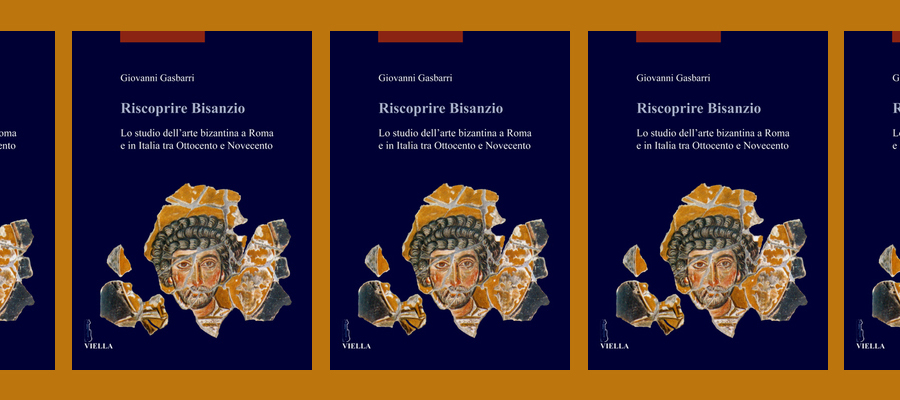Giovanni Gasbarri. Riscoprire Bisanzio: Lo studio dell’arte bizantina a Roma e in Italia tra Ottocento e Novecento. Viella, 2015
From Viella
This book provides an innovative contribution to the history of art historiography on Byzantine art, by focusing on the research carried out in Italy – and in Rome in particular – between the 19th and the 20th centuries. Taking into consideration the development of Byzantine studies in Europe approximately between 1870 and 1930, the author analyses extensive archival material and secondary literature in order to retrace the process which led to Byzantine art becoming a distinct field of research in Italy.
In conjunction with Italian unification (1861) and the appointment of Rome as the capital of a new-born state (1871), the city had rapidly become an important centre for the study of postclassical art, which often included Byzantine art too. As the living heart of the catholic Church, and as a point of reference for a wide milieu of scholars and collectors from all over Europe, in those years Rome was characterised by a lively yet ambiguous intellectual environment, which was suspended between a dynamic openness to the international cultural scenario and some significant outbursts of nationalism and confessionalism. Each of the six chapters of this book examines a specific aspect of such complex situation, and emphasizes the role played by the Italians – as well as by the rich international community working in Rome and in Italy – in the scholarly rediscovery of Byzantine art at the turn of the 20th century.
